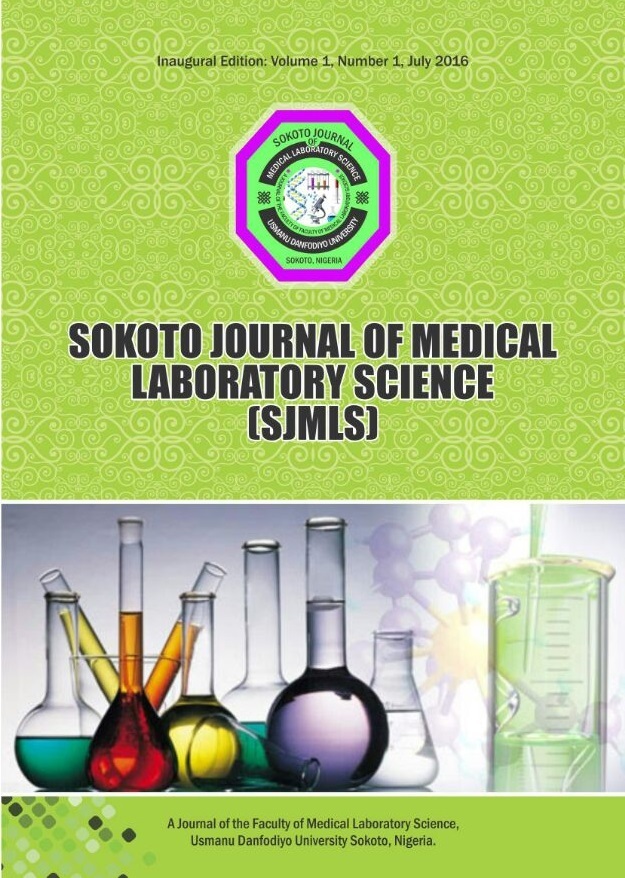Sociodemographic characteristics and prevalence of otitis media among children under five years of age attending selected primary healthcare facilities in Calabar, Nigeria
Keywords:
Otitis media, prevalence, socio-demographic variables, children under 5 yearsAbstract
Otitis media (OM) is the second most common disease of early childhood and an important cause of preventable hearing loss, poor
intellectual performance and language development in children. This study investigated the microbial etiology, socio-demographic variables, and prevalence of otitis media among children- under 5 years of age- attending selected primary healthcare facilities in Calabar, Nigeria. Following administration of a structured questionnaire, ear swabs were collected from a total of 60 participants and processed using standard microbiological methods for isolation and identification of pathogens. Antibiotic susceptibility testing was carried out on bacterial isolates using Kirby-Bauer disc diffusion method. The prevalence of OM was 63.3%, with Staphylococcus aureus (76.3%) as the p r e d o m i n a n t p a t h o g e n , f o l l o w e d b y Pseudomonas aeruginosa (15.8%), Escherichia coli (5.3%) and Candida albicans (2.6%). A higher prevalence of infection was found among male subjects (65.4%) than the females (61.8%). Subjects aged 2-3 years had the highest prevalence of infection (71.4%), followed by those aged <2 years old (69.1%), while those aged 4-5years had the least (30%). The prevalence of the disease was significantly associated with the subjects' exposure to dusty environments (P=0.042), attendance of crèche/daycare facilities (P=0.047), and symptom of ear discharge (P=0.038). The high susceptibility of the bacterial isolates to meropenem, ceftriaxone and ciprofloxacin in this study may underscore the drugs' value as antibiotics of choice for prompt treatment of OM in the population. Due diligence for care and protection of children from overcrowding, dust and poor hygienic conditions often associated with substandard daycare centers would likely reduce the burden of OM in the population.




